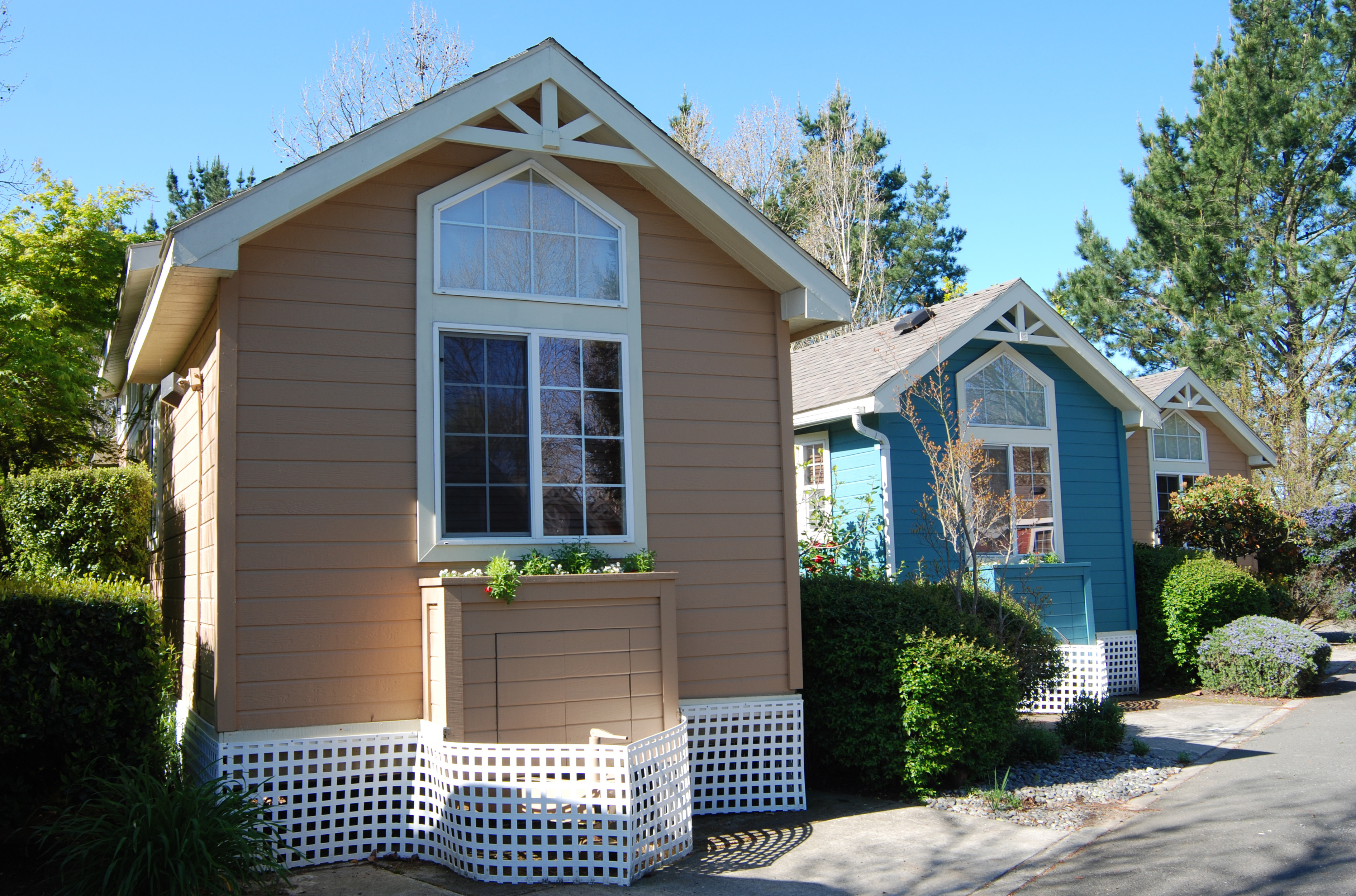
Attainable housing often refers to for-sale housing that is affordable to moderate-income households, often first-time homebuyers. These households are increasingly being priced out of the homeownership market and as a result are renting. Current trends are pointing towards a growing awareness of the unmet demand for attainable housing and a shift in residential construction practices as a strive towards attainable housing. Understand the drivers of the costs of residential construction is key when trying build for this segment of the market.
The Make-up of Residential Construction Costs
Perhaps not surprisingly, construction costs play a key role in a final home sales price. According to a NAHB survey, 55.6% of the home sales price comes from hard construction costs. Construction cost includes all the costs paid by a builder, including costs of materials, labor and subcontractors. It is no secret that after the Great Recession, home and construction cost have been on the rise. The cost of lumber, historical has been on the steady rise since 2009, but in the past 6 months seen a drastic drop in price by 50 percent.
While materials play a role in the costs of delivering housing, government regulations have been a critical driving force in price increase. In 2016 an NAHB survey showed, regulatory costs associated with the construction and development of residential single-family homes averaged 25% of the final home sales price, which reflects a 10% increase from the 2011. NAHB concluded that over this five-year period, the overall cost of regulation in the final home sales price is rising twice as fast as the average American’s ability to pay for it.
Out with the Old?
One approach to reducing costs is to introduce new building processes. However, the implementation of novel technologies into the construction process has run into a number of entry barriers. These alternative approaches include technology such as prefabrication, modularization, virtual and augmented reality. These can lead to whole house panelization, whole house concrete, and pre-cut logs. New technologies require a large amount of upfront capital, entitlement risks, compliance with building codes, and market acceptance. But we are beginning to witness innovation and change to overcome these barriers.
Labor.
Part of the innovation is in response to the lack of labor. The construction labor force is approaching a pivotal point in the near future. As the older labor force is entering retirement age, there is a missing young labor force. Tightening immigration policies are also contributing to the unsettling trend of an unfilled demand for labor. Builders are responding to this challenge by training and marketing to the younger population, generation Z, and targeting high school graduates not going to college or those who have dropped out of college.
Off-site Construction.
There has been an increasing trend in CNC (computer numeric control) tools. CNC tools have been implemented into off-site residential buildings in order to manufacture panelized section of the home off-site. Due to the challenging harsh climate conditions, there is a need to produce homes quickly that are stress tested for mother nature. In addition, there are also advancements in education (e.g. in Architecture, Engineering, Construction), which are improving building modeling and digitalizing the construction process.
There has been an increasing trend in CNC (computer numeric control) tools. CNC tools have been implemented into off-site residential buildings in order to manufacture panelized section of the home off-site. Due to the challenging harsh climate conditions, there is a need to produce homes quickly that are stress tested for mother nature. In addition, there are also advancements in education (e.g. in Architecture, Engineering, Construction), which are improving building modeling and digitalizing the construction process.
New Buyers.
Millennial buyers (national average age 32) are moving their preference towards smaller square footage and more community connectivity. In response to this changing consumer preference, we are seeing the rise attainable housing in cottage homes projects and the adaptation of smaller homes with local building codes.
Millennial buyers (national average age 32) are moving their preference towards smaller square footage and more community connectivity. In response to this changing consumer preference, we are seeing the rise attainable housing in cottage homes projects and the adaptation of smaller homes with local building codes.
So when will we begin to see this shift in construction practices on a national scale? Will smaller homes be accepted in cost-burden communities or spark a lively debate in their town hall? The affordability challenge is causing communities and builders to build unique housing solutions.




